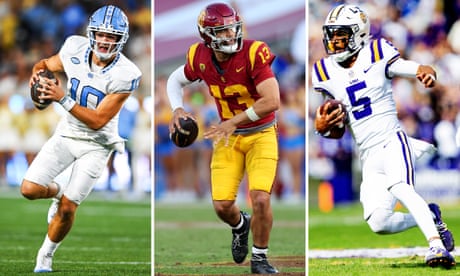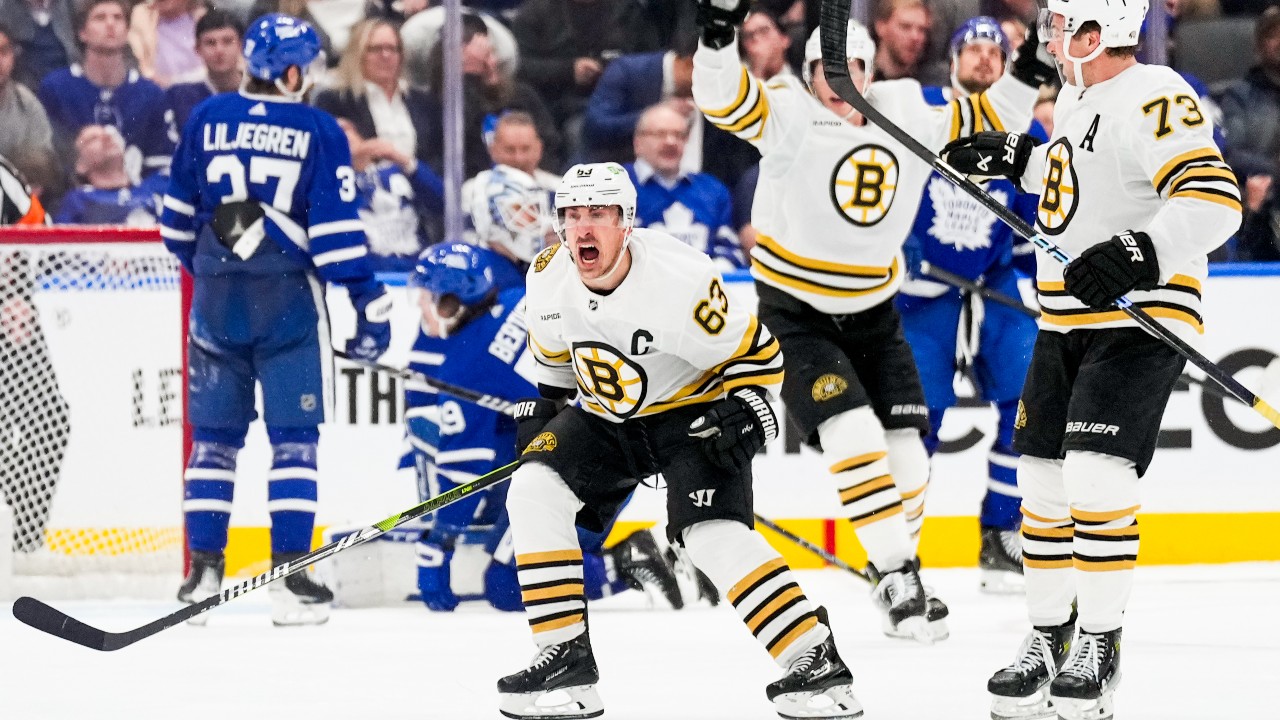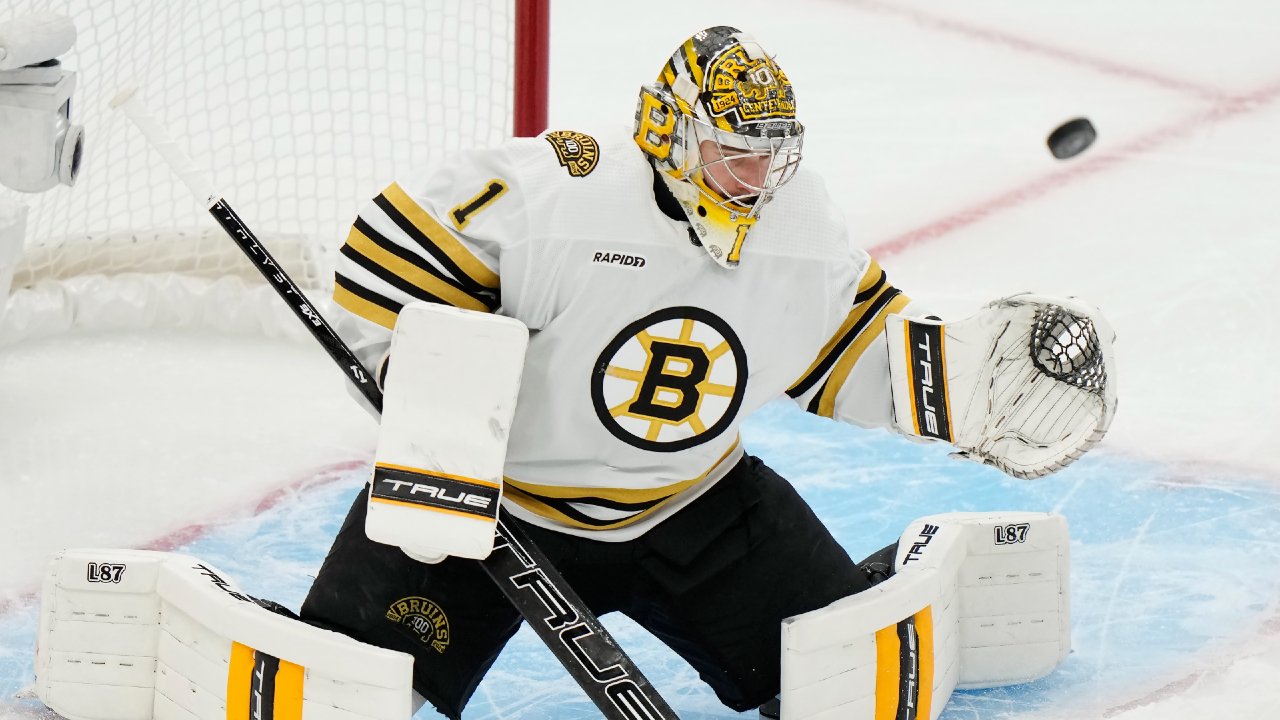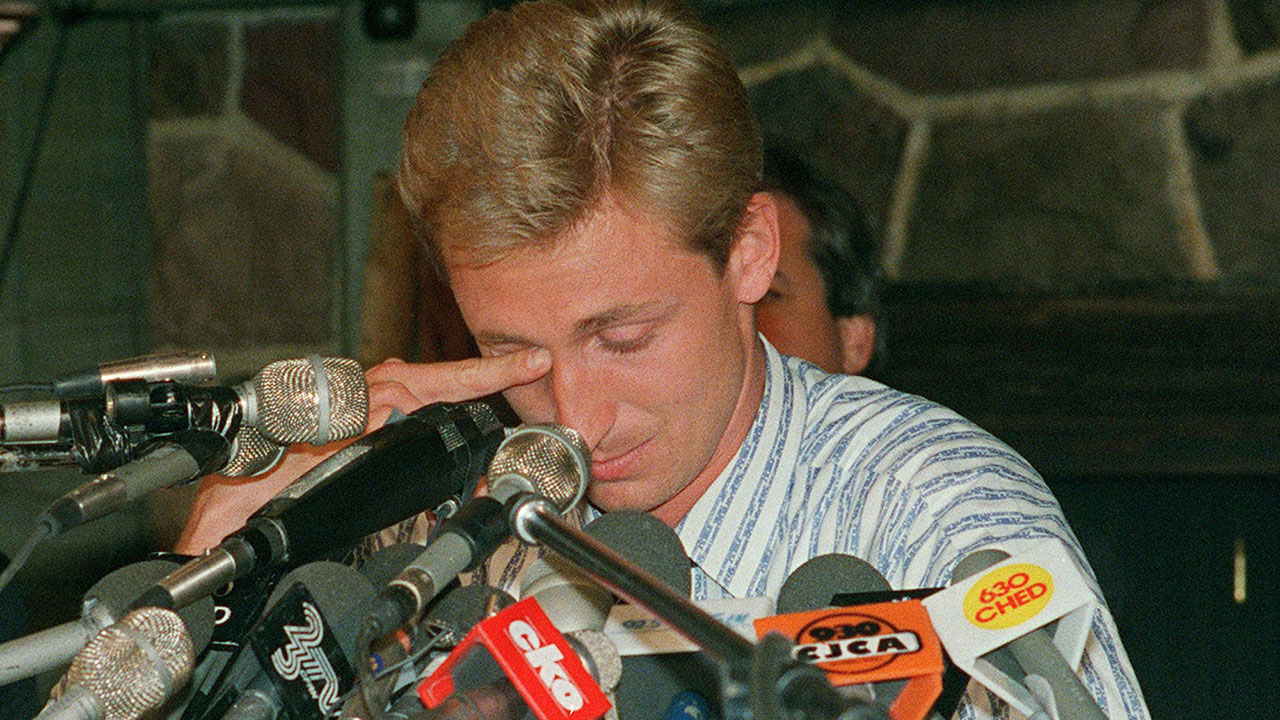
EDMONTON — “I promised Mess I wouldn’t do this.”
Seven words that take any Oilers fan over the age of 40 immediately back to where they were that fateful summer day.
That day — Aug. 9, 1988 — is to an adult Edmontonian what Nov. 22, 1963 is to any ageing American. You know where you were and how you found out that Wayne Gretzky had been traded, the same way (if not on the same magnitude) as Americans recall when and where they were when U.S. President John F. Kennedy was shot in Dallas.
When Elvis died. When Henderson scored. When that ball rattled around the rim from Kawhi.
There have been copious hockey trades across our country. Big deals, like the 10-man swap that landed Doug Gilmour in Toronto back in ’92. But is there one trade that has inspired a quote still used today when a star player gets moved?
They don’t say, “Well, if Cam Neely can get traded…”
They still say, even today, “Well, if Wayne Gretzky can get traded…”
That’s where we start here in The Big E, when the topic is “the players who got away.”
Wayne Gretzky, sold Aug. 9, 1988
To this day, Glen Sather will correct you. Gretzky wasn’t traded. “He was sold,” said the then-Oilers general manager, who knew the day that owner Peter Pocklington arranged a deal that saw Los Angeles Kings owner Bruce McNall include a $15-million payment in the transaction, that Sather’s days of winning Cups in Edmonton were coming to a close.
On that August day, Gretzky was traded along with Mike Krushelnyski and Marty McSorley in exchange for $15 million, Martin Gelinas, Jimmy Carson and first-round picks in 1989, ’91 and ’93. (The ‘89 pick was traded to the New Jersey Devils for Corey Foster; the ’91 pick reaped Martin Rucinsky; the ’93 pick was Nick Stajduhar.)
I was in the Edmonton Journal sports department that day, just over a year into my tenure as a sports writer there. My assignment was to call Walter Gretzky back at the Brantford homestead, and although he acted as if he was being informed of the deal when we spoke, I’ve always suspected that he already knew and was simply playing surprised.
As for Gretzky, he would play another 11 NHL seasons (791 games) for L.A., the St. Louis Blues and the New York Rangers. Although he would reach the 1993 Stanley Cup Final, losing to the Montreal Canadiens, the greatest player ever to lace ‘em up would not hoist a Stanley Cup in any other uniform but Edmonton’s.
While that Rangers team that won in ’94 included seven of the dynasty-era Oilers, Gretzky did not become a Blueshirt until 1996. The Rangers made the playoffs in just one of his three seasons there. He retired in 1999.
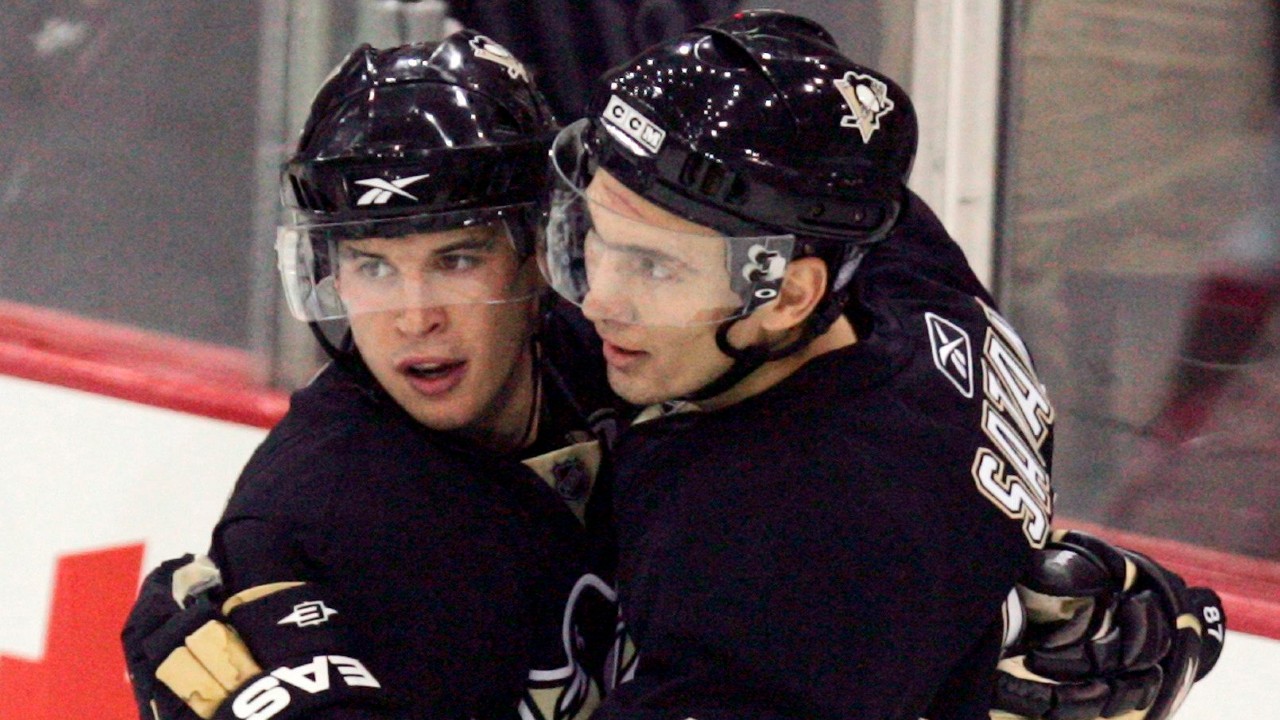
Miroslav Satan, traded March 18, 1997
If we were ranking the non-money related deals where the Oilers simply gave up on a player who went on to have a great career, Miro Satan would easily top the list.
The young Slovak showed up with a helluva surname back in 1995-96, and would score 18 and 17 goals in his two seasons in Edmonton. We know now that he should have been installed on Doug Weight’s left side in perpetuity, but back then head coach Ron Low saw a soft, not-competitive-enough, European skill guy who didn’t help enough when he didn’t have the puck.
Sather traded Satan to the Buffalo Sabres for a package made up of Barrie Moore (eight NHL points in 39 games) and Craig Millar (22 points in 114 games.) Satan would go on to play 13 NHL seasons after his two in Edmonton, and close out an illustrious career with 363 goals and 735 points in 1,050 games.
Paul Coffey, traded Nov. 24 1987
Adam Graves, left as UFA, 1991
Curtis Joseph, left as UFA, 1998
As a former small-market team that was next in line after the Quebec Nordiques and Winnipeg Jets headed south to Denver and Phoenix respectively, there is an entire category of players who left Edmonton and starred elsewhere simply because the Oilers couldn’t — or wouldn’t — pay them any longer. In the Pocklington years, guys like Coffey and Andy Moog were the first to surmise that the team was making lots of money but paying its players minimally.
Later on, when teams like the Detroit Red Wings, Toronto Maple Leafs, Philadelphia Flyers and Rangers were spending $60 million in salaries to Edmonton’s $20-25 million, it was simply a case of watching players like Joseph, Weight and Bill Guerin go, and making the best trade you could when possible.
Coffey played only seven seasons (532 games) in Edmonton and won three Cups before his salary demands got him traded to the Pittsburgh Penguins in a deal that brought Craig Simpson back, among others. Coffey would play 14 more seasons, win one more Cup with Pittsburgh, and win his third and final Norris Trophy as a Red Wing in 1994-95.
After winning an unexpected Cup as a member of The Kid Line (with Gelinas and Joe Murphy) in 1990, Graves left for the Rangers as a UFA in the summer of 1991. He won a Cup in ’94 with New York, scoring 50 goals that season. Fittingly, he potted No. 50 at Northlands Coliseum.
Curtis Joseph only spent two-and-a-half years as an Oiler, but was voted the team’s MVP in both of his full seasons (1996-98). He made the save on Joe Nieuwendyk that allowed for Todd Marchant’s winner in Game 7 at the Dallas Stars in ’97, and defeated Patrick Roy and the heavily favoured Colorado Avalanche in Round 1 the following year. Then he left for a huge pay hike, and became a fan favourite in Toronto.
Andrew Cogliano, traded July 12, 2011
Cogliano was like so many Oilers first-rounders through the years: He joined an Oilers team that was so poor that he had no trouble making the roster — robbing him of precious developmental time in the minors. When Cogliano arrived as a 24-goal man out of the University of Michigan and as the No. 25 pick in the ’05 draft, it was assumed he would be a top-six centreman and an NHL points producer.
A few years into his career, it began to become clear what his true calling would be:
“I remember having a meeting with (Edmonton coaches Tom Renney and Ralph Krueger) in training camp,” recalled Cogliano of his final camp as an Oiler, in 2010. “They said, ‘You can be a guy who checks really well … but you need to be more of a two-way player.’ That was the first year where I started figuring things out.”
He was dealt to the Anaheim Ducks after that season for a second-round pick (Marco Roy, who never played an NHL game), where he became a third-line checking winger and premier penalty killer. Cogliano is currently in his 13th NHL season, has played 1,012 games and had an Ironman streak of 830 games.
He’s been a very good depth player for a long, long time.
Bengt-Ake Gustafsson, lost in WHA expansion draft in 1979
This one is old school.
Gustafsson was a real coup for the World Hockey Association Oilers, joining the team for three playoff games in the WHA’s final season. Head coach Sather hoped to protect the skilled Swede through the coming expansion draft into the NHL, but the NHL declared him ineligible for protection because Oilers GM Larry Gordon had somehow missed a deadline to name his protected players. The Washington Capitals had drafted Gustafsson in 1978, and thus got the player.
Gustafsson would play 629 games for the Caps (196-359-555) with six 20-goal seasons. When he returned to Sweden in 1989, the Oilers had won four Cups with their European-style of play, while Gustafsson had enjoyed just 18 career playoff games for the Capitals.
How would he have looked on those skilled dynasty teams in Edmonton?


